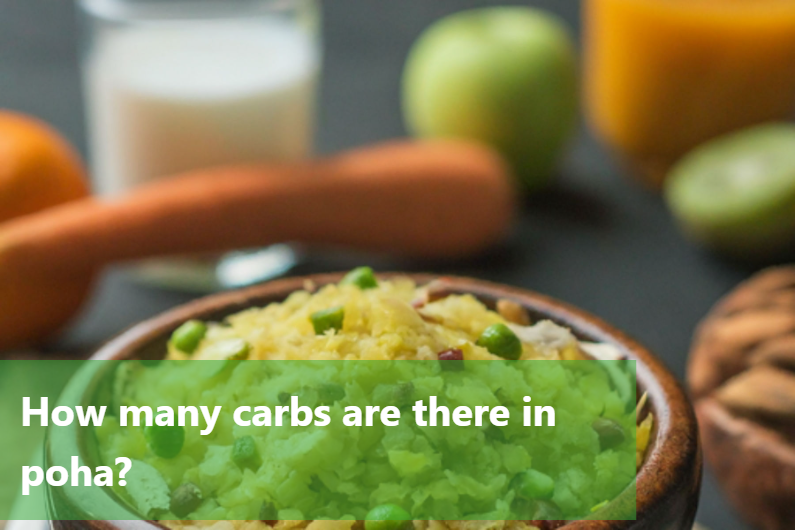
How many carbs are there in poha?
Poha is a tasty Indian breakfast or snack that gives you a boost of energy to start your day. It's made from flattened rice and is a popular dish in Indian homes due to its quick preparation and delicious flavor. Knowing how many carbs are in Poha is important for those watching their diet. Understanding this can help you make better food choices and create a balanced eating plan. Carbs are your body's main fuel, so being aware of them in Poha can help you plan healthy meals and work towards better health and fitness.

Nutritional Content of Poha
Poha has many important nutrients needed for a healthy diet. It has carbohydrates in the form of starch and some fiber, which give you energy steadily and make you feel full for longer. Also, poha is free of gluten, so it's great for people who can't have gluten. It has a good amount of iron, making it a good choice for those who want more iron in their plant-based diet.
Nutrient |
Content |
Energy |
333 kcal |
Carbohydrates |
76.7g |
Protein |
6.67g |
Fibre |
6.7g |
Sodium |
67mg |
Iron |
1.2mg |
How to make easy Poha
Ingredients |
|---|
1 cup thick Poha (flattened rice) |
1 medium-sized onion, finely chopped |
1 green chili, finely chopped |
1/4 cup raw peanuts |
1/2 tsp mustard seeds |
1/2 tsp cumin seeds |
A pinch of asafoetida (hing) |
8-10 curry leaves |
1/4 tsp turmeric powder |
Salt to taste |
1 tbsp oil |
Fresh coriander leaves, chopped |
Lemon wedges (optional, for serving) |
Instructions:
Rinse the Poha under cold water until it softens slightly. Drain and set aside.
Heat oil in a pan on medium heat. Add mustard seeds and cumin seeds. Let them splutter.
Add raw peanuts and sauté until they turn golden brown.
Add asafoetida, curry leaves, green chili, and onions. Sauté until onions turn translucent.
Add turmeric powder and mix well.
Reduce heat to low. Add the rinsed Poha to the pan. Mix gently until well combined.
Cook for 2-3 minutes, stirring occasionally, until Poha is heated through.
Garnish with fresh coriander leaves and serve hot with optional lemon wedges.

How to Incorporate Poha into a Low-Carb Diet
Use Cauliflower Rice: Replace traditional flattened rice with cauliflower rice in your poha recipe. Cauliflower rice is low in carbs and provides a similar texture, making it an excellent low-carb alternative.
Add High-Fiber Vegetables: Enhance the nutritional value of your poha by incorporating high-fiber vegetables such as spinach, bell peppers, and mushrooms. These additions not only contribute to the dish's overall fiber content but also help reduce the net carb count.
Incorporate Protein: Boost the protein content of your poha by including sources such as tofu, paneer, or lean chicken. Protein helps keep you full and satisfied, making it an essential component of a low-carb meal.
Experiment with Spices and Herbs: Elevate the flavor profile of your poha using an array of herbs and spices. Turmeric, cumin, coriander, and ginger can add depth to the dish without significantly impacting its carb content.
Explore Poha-Based Salads: Create refreshing poha salads by tossing it with fresh greens, cherry tomatoes, cucumber, and a light vinaigrette. This provides a nutrient-dense, low-carb option that is perfect for warm weather.
Low-Carb Poha Upma: Prepare a poha upma by stir-frying the flattened rice with mustard seeds, curry leaves, and an assortment of nuts and seeds. This flavorful twist offers a satisfying low-carb meal option.
Poha Stuffed Peppers: Use poha as a delicious filling for bell peppers, incorporating savory spices and herbs for a low-carb, protein-packed entrée.
FAQs
-
What is Poha?
Poha is a popular Indian breakfast dish made from flattened rice. It is light, easy to prepare, and can be made with various ingredients like onions, potatoes, peas, and spices.
-
Is Poha healthy?
Yes, Poha is considered healthy as it is low in calories and high in fiber. It is also a good source of carbohydrates, providing energy. Additionally, it can be enriched with vegetables and nuts for added nutrients.
-
Can Poha be eaten by diabetics?
Poha has a moderate glycemic index, making it suitable for diabetics when consumed in moderation. Adding vegetables and protein-rich ingredients like peanuts can further help in managing blood sugar levels.
-
How do you store Poha?
Dry Poha can be stored in an airtight container in a cool, dry place for several months. Once prepared, it is best consumed fresh but can be refrigerated for up to 1-2 days. Reheat thoroughly before eating.
-
Can Poha be made gluten-free?
Poha is naturally gluten-free as it is made from rice. Ensure that any additional ingredients or spices used are also gluten-free if you have gluten sensitivity or celiac disease.
-
What are some variations of Poha?
Common variations include Kanda Poha (with onions), Batata Poha (with potatoes), and Vegetable Poha (with mixed vegetables). You can also add proteins like paneer or tofu for a different twist.
This Blog post is an initiative by Lo! Foods, to provide accurate and Nutritionist / Doctor approved information related to Health. Lo! Foods is India's leading brand for Everyday Functional Foods. Foods designed for specific Health conditions or Needs. Lo! Foods also runs India's largest range of Low Carb Healthy Cloud Kitchens, under the brand names of Lo!, ProteinChef, ATH (All Things Healthy) and DiabeSmart.


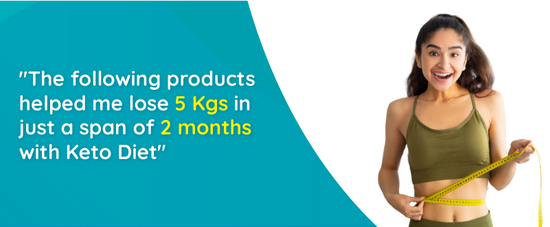
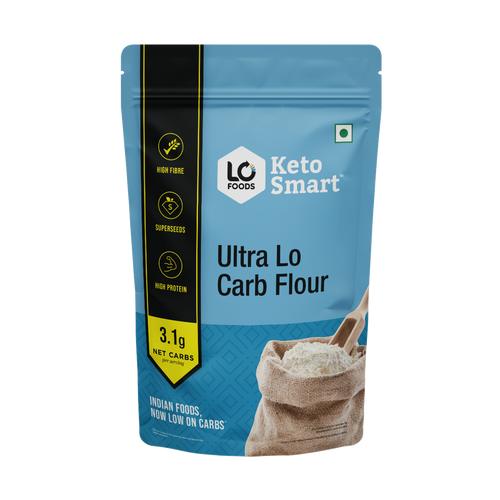
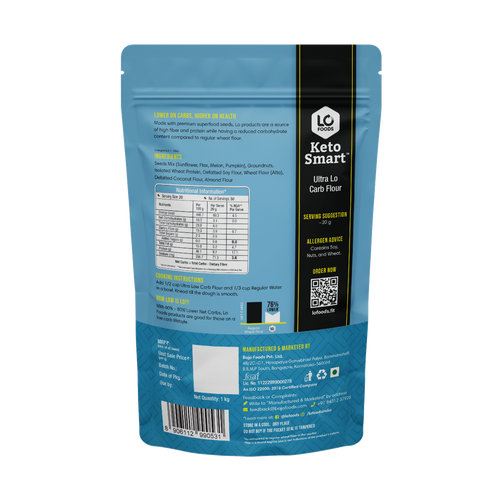
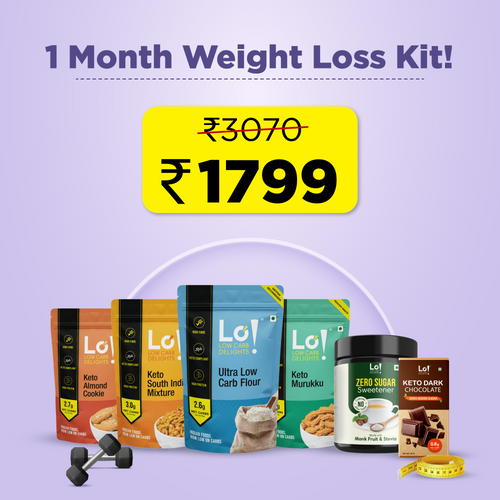
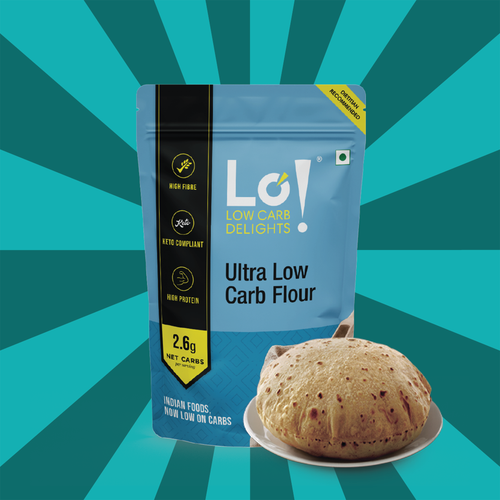


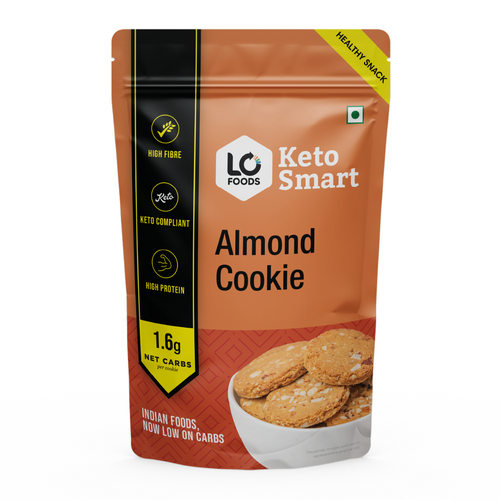
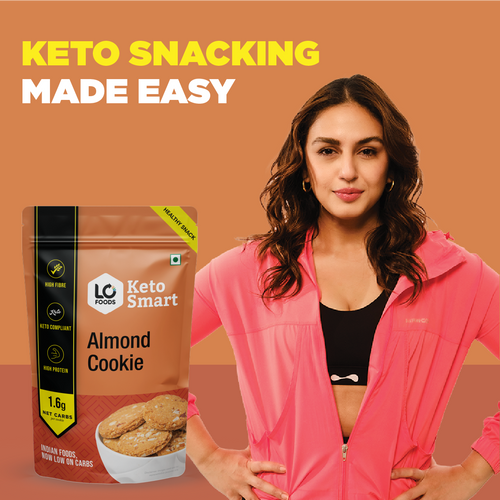




Leave a comment
Your email address will not be published.